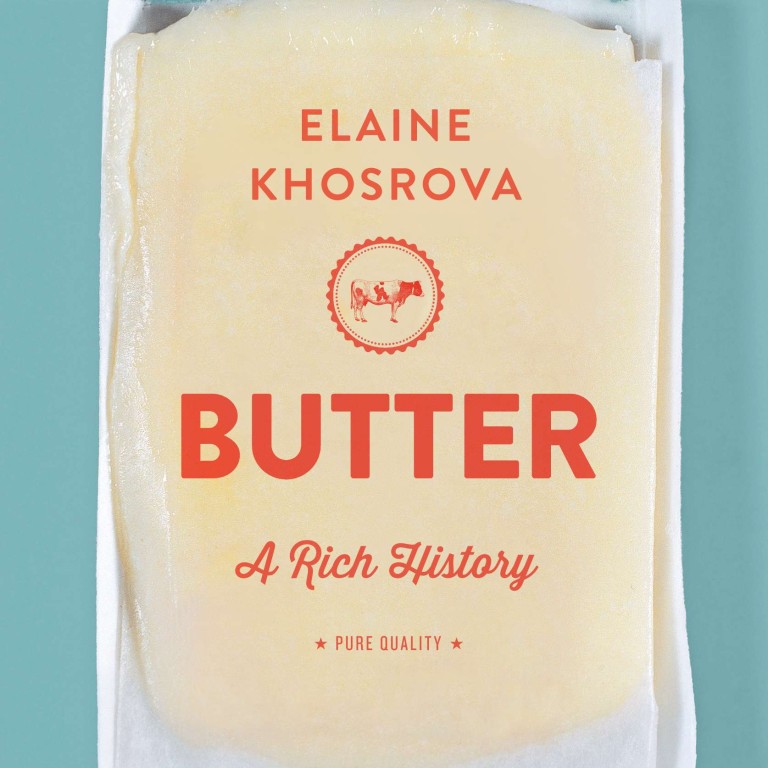Advertisement
Advertisement

Review | Elaine Khosrova’s history of butter will attract those tired of scrimping on life
After decades of suspicion and denigration, the high-fat ingredient is undergoing something of a renaissance, and Khosrova’s book is part of this change in attitudes

by Elaine Khosrova
Algonquin Books
Most of us will remember when butter took a beating and margarine triumphed as the heart-healthy alternative. But as opinion turns full circle, high-fat pleasures are stoking appetites again. Which is why Elaine Khosrova’s book on everything buttery might attract an audience tired of scrimping on flavour. A former pastry chef at the Culinary Institute of America, she explores butter’s history, from Neolithic times to the 21st century, when slow movement artisanal varieties continue to increase in number. Exact dates are debated, she writes, but the first batch was probably created by accident – possibly in a pouch of milk left overnight, then put on the back of a pack animal that jiggled it into being. We learn of butter’s different uses around the world, including in spiritual practice (Tibetan monks consider butter sculpting esteemed work); how it used to be sold by the yard in 19th-century England; why Napoleon III is to blame for encouraging the creation of butter’s doppelganger, “oleomargarine”; and that Julia Child was butter’s best publicist for decades. Khosrova includes instructions on how to make butter at home; even handier is an appendix of her favourite brands.

Post
